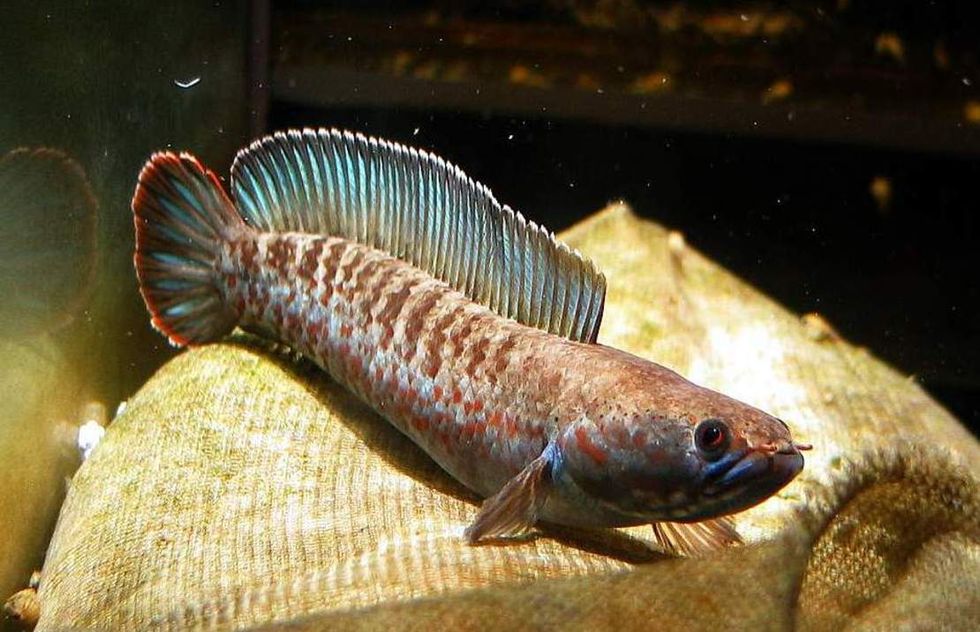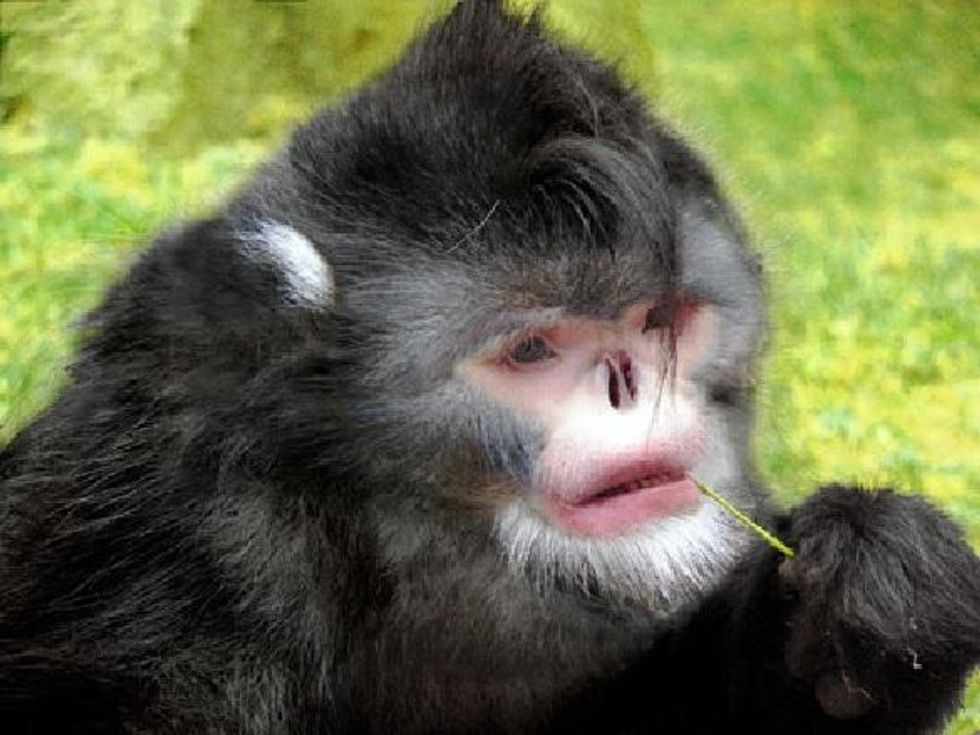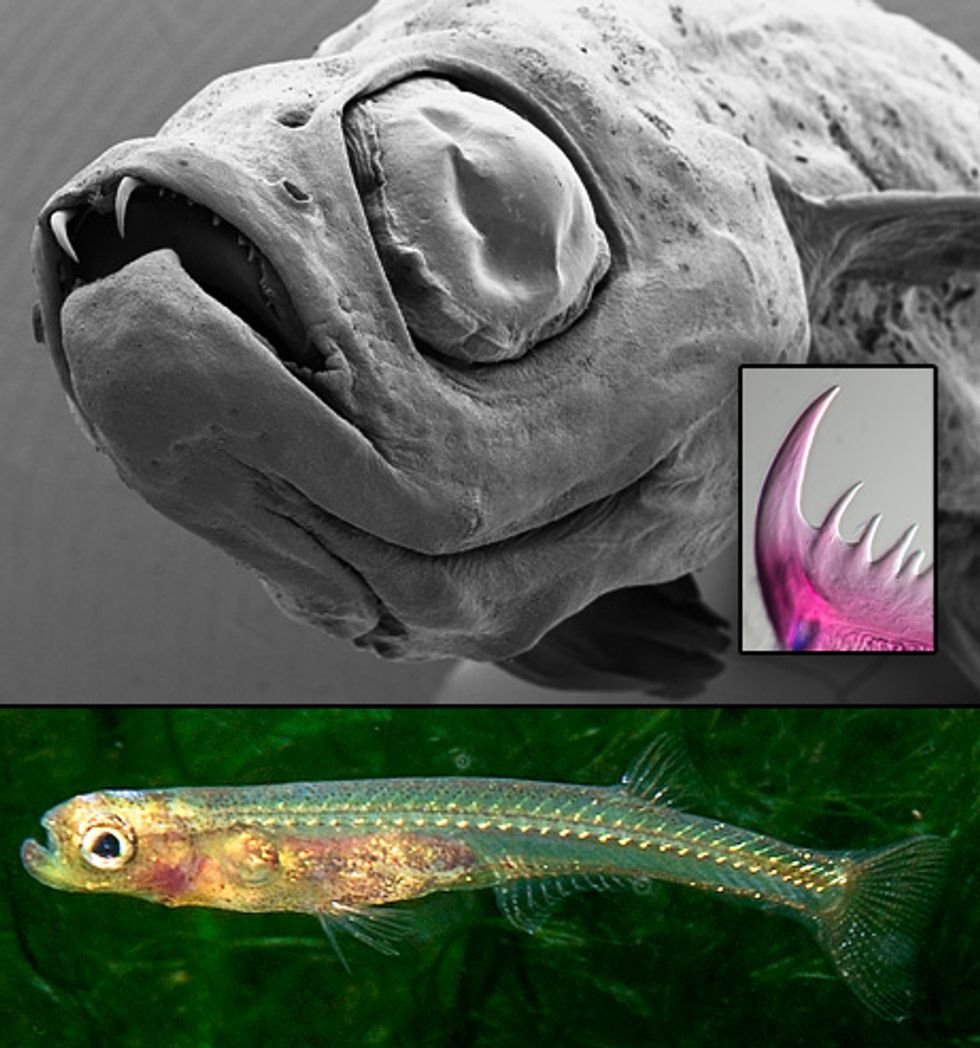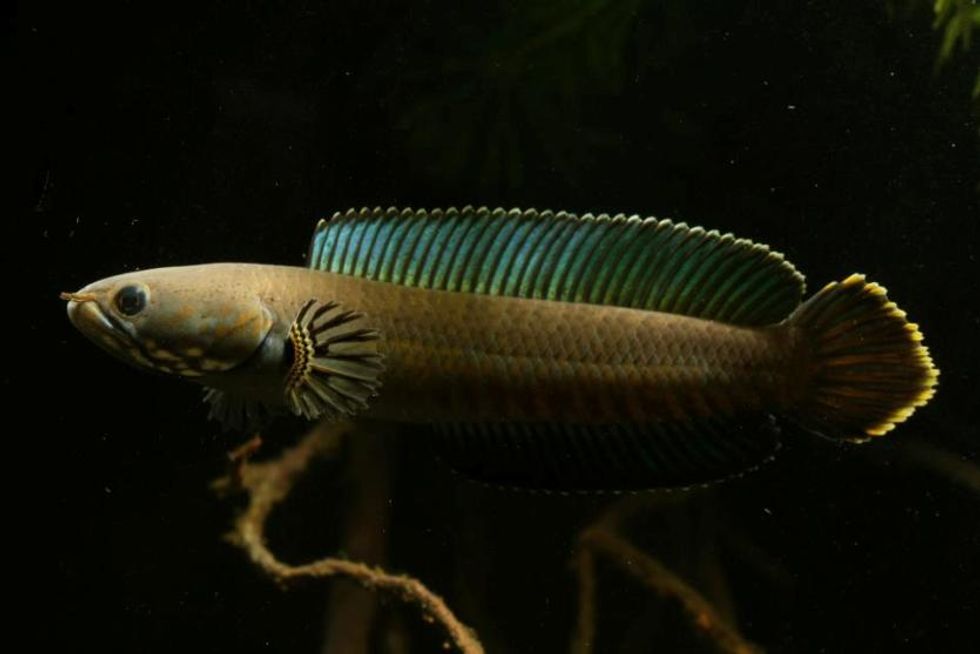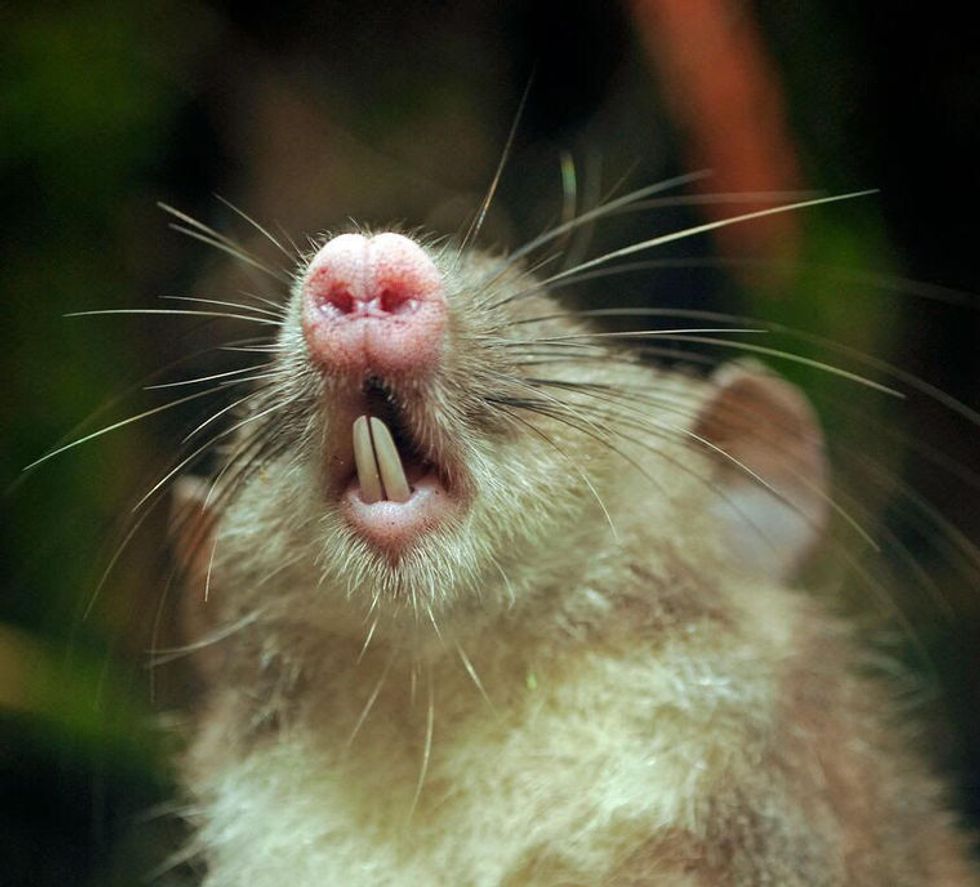The eastern Himalayas is one of the most biodiverse regions on the planet and goes to show that there are many things out there we've yet to discover. According to a report published this year by the World Wide Fund For Nature, between 2009 and 2014, over 200 brand new species of plants and animals have been discovered in this section of the world. Some of these creatures may actually be considered far more interesting than some of the more well-known species.
One such creature that has been uncovered is Rhinopithecus strykeri, but you can call it "Snubby." Why? Because this unique monkey is easily identified by its upturned nose. Living in northern Myanmar, this black and white furred monkey's nose also comes with hysteric sneezing fits, especially when it rains. Its upturned nose is an easy passageway for rainwater, so to avoid inhaling water during wet weather, these monkeys hold their heads down between their knees.
Snubby is interesting, but if you're looking for something frightening, you don't have to look further than the waters of -- you guessed it -- northern Myanmar. Danionella dracula is one such terrifying creature (I mean, seriously, it has dracula in its name). It took around 30 million years, but after losing fangs earlier in its evolution, it has returned as the "dracula minnow." Luckily, we don't have to worry about these fish wreaking havoc on us just yet. After all, only the males even have fangs to bite with, and, even then, they're barely an inch long.
Fish in the eastern Himalayas aren't just limited to water. In West Bengal, the snakehead fish called Channa andrao can live outside of water for about four days by moving like a snake on land and breathing air. If the dracula minnow started taking lessons from these snakeheads, we may have something to fear.
Then again, maybe the dracula minnow won't have to start walking on land with Hyorhinomys stuempkei lurking about. Take a rat and give it some upside down vampire fangs and you have quite the scary specimen. However, its extremely long incisors may not even be its most identifiable feature. Hyorhinomys stuempkei has the nickname "pig-nose rat" because of its hog-like snout. Without the horrifying teeth, this rodent may actually be considered cute.
While it's great to see the biodiversity in the Himalayas spark interest in the discovery of new species, there are still problems these critters face. Climate change is the leading cause for endangerment in the region, but habitat loss also poses an issue. Hopefully, governments will increase efforts in conserving these species and their habitat, so we can all look forward to seeing what new and interesting creatures are still hiding out there.

